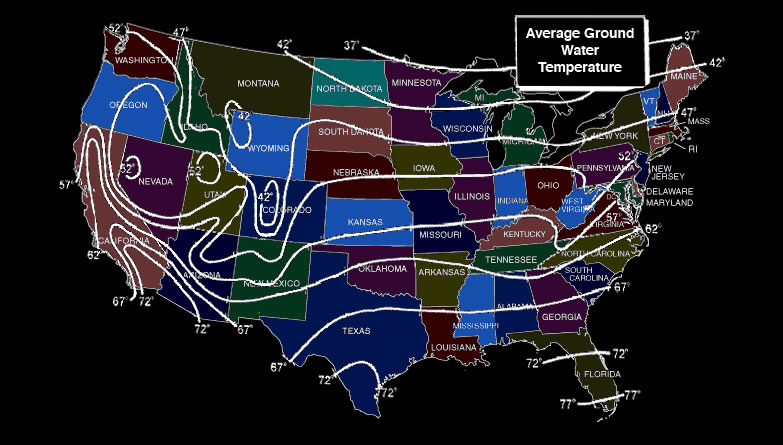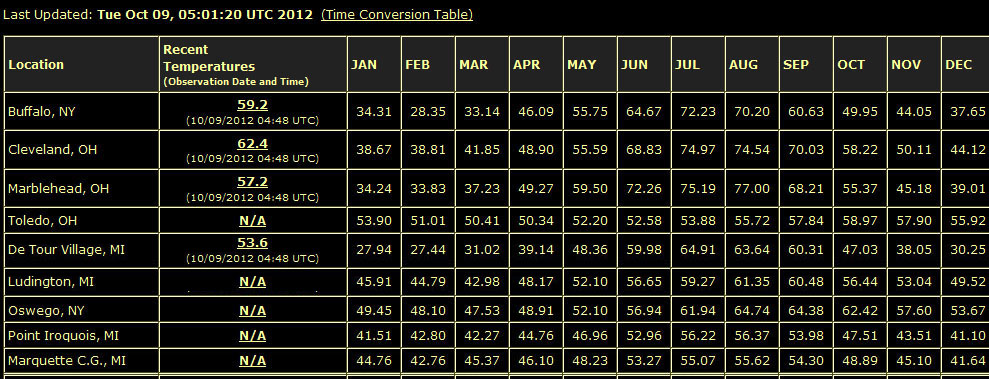Climate Guide

Figuring out the proper environment for your pet reptile does not have to be hard. First, you need to know what part of the world the species comes from. Once you have that information, you can search for data on climate, temperature, rainfall, humidity, and other atmoshperic conditions. This will give you an idea of normal temperature and humidity ranges for your reptile.
If you know where your reptile comes from, a climate map like the one to the right will give you a good idea of what sort of overall conditions your habitat should have. Reptiles come from every continent except Antartica, and requirements vary widely from cool temperate forest to the world's hottest deserts. Most areas of the world will exhibit some seasonal changes in temperature and precipitation. Almost everywhere in the world the temperature will fall by 10-20 degrees or more at night. Most reptiles do not need any supplemental night time heat. Room temperature is more than enough for almost all reptiles overnight.
Weather websites can provide an easy and quick source for finding valuable real-time data on environmental and atmospheric conditions for your reptile's part of the world. Many government agencies will also provide this information, such as the NOAA and NWS in the United States. Bookmark your favorite meteorological reporting website and you can get instant real-world temperature and rainfall data with the click of a mouse. If you wish, you can even duplicate the natural environment by adjusting your temperatures and humidity up and down seasonally to match. Rainy seasons can be imitated at the correct times of year. Keep in mind that the northern and southern hemispheres have opposite seasons.
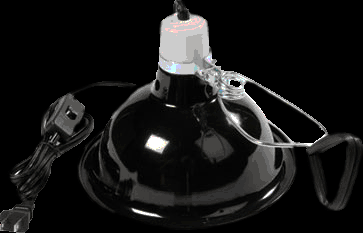
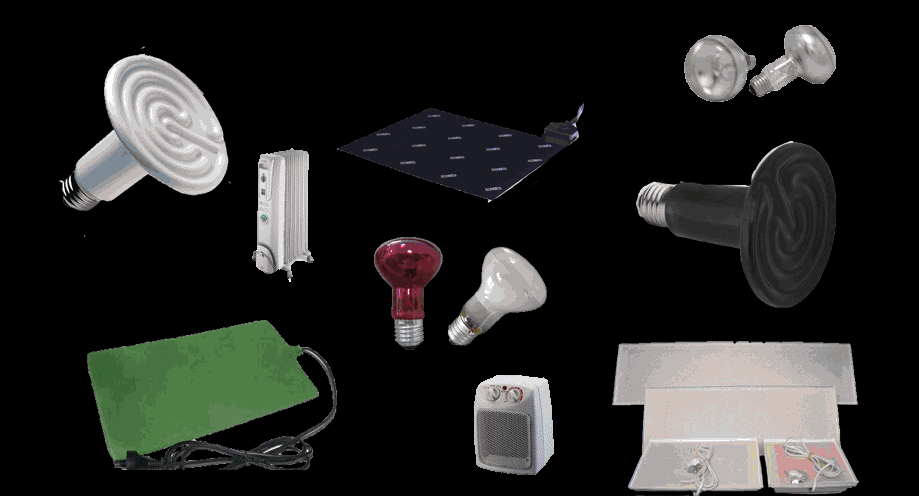
For the average pet reptile you do not have to go all out and attempt to duplicate natural swings in climate and temperature. Simply figure out what type of environment the animal needs, and determine the lows and highs of that animal's native habitat. Avoid temperatures near those extremes and never exceed them. Find a nice comfortable middle ground, provide as much of a gradient as possible in the cage, and allow normal night time cooling by turning off the heat. Some owners may need to leave on low heat overnight due to cooler temperatures where the cage is located, but even then the cage should be allow to cool somewhat from daytime temperatures. Most owners keep their homes sufficiently warm enough at night that for most species no heat is needed.
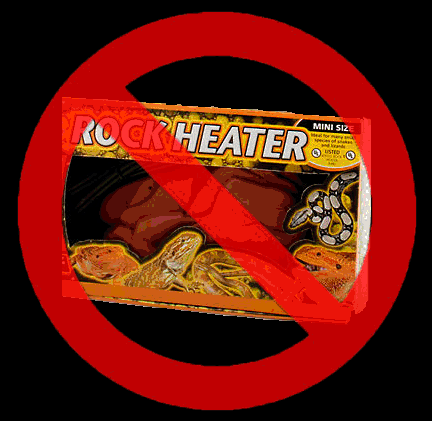
Your habitat should have a thermal gradient and not be a constant temperature throughout. The easiest way to accomplish this is to move the heat source to one side. Placing a rock under a heat light will give your reptile a nice basking area. Hide boxes and shelters should be at the cool end of the enclosure as a retreat from the heat. Measure the temperatures in your reptiles habitat on a regular basis at both the warm and cool ends. Turn off the heat at night and allow the cage to cool.
Temperature Converter
If you are finding it difficult to maintain temperatures or humidity at desired levels, or achieve an adequate gradient, there are a number of solutions you can try. Humidity can be maintained using equipment such as humidifiers and dehumidifiers for large areas or entire rooms; individual cages can have screens and openings partially covered to trap in moisture and use live plants or waterfall features inside the habitat. Recirculating pumps or aerating stones attached to an aquarium air pump placed in a large water bowl can also help. In addition, you can make a humidity box for your reptile. A plastic rubbermaid or food container works well. Keep the lid on and cut a hole in the side of the container large enough for your reptile to get through. Place sphagnum moss, coconut husk, or other substrate in the container and wet until uniformly damp. The substrate should be allowed to dry at least once per day, should never be completely saturated when dampened, and should be changed regularly. When very high humidity levels are needed, manually spraying with a misting bottle can be done multiple times per day or a cool mist humidifier found in most pharmacies works well.
Temperatures can be achieved by changing wattage of heat bulbs, adding or removing additional heat sources, and even wrapping the cage with a blanket or foam insulation in extreme cases. Sometimes moving the cage to another location or room will help if there are drafty doors or windows nearby. Direct sunlight can also be an issue.
Reptiles in the wild bask in the sun to warm. Therefore, we prefer overhead heat for our reptiles. Many owners will need heat pads in addition to heat lamps, depending on species and room air temperature. Heat lamps can cause burns, so ensure your reptile cannot come into contact with or get too close to their heat source.
Measure your temperatures often and do your research into the temperature requirements of your species of reptile. Don't be discouraged by foreign units of measurment. Free conversion calculators can be easily found on the internet. See, there's one right there. No excuses.
Also provided for you at the bottom of this page are global monthly temperature and rainfall maps. The climate map above will dictate what sort of environment you need to duplicate, whether tropical rainforest, sub-Saharan desert, or Mediterranean. The temperature and rainfall maps below can give you an idea of the ranges you need to be in once you have done your homework and research and find out about where your reptile is from and what your pet needs.
Below are some commonly used acceptable heat sources for reptiles and amphibians. Arrowhead Reptile Rescue is not endorsing or recommending any particular products or companies. There are many versions and styles of similar products. We don't use or recommend "hot rocks" or rock heaters. Shown below are several styles of heat pads, ceramic heat emitters, reptile bulbs, and room heaters.
We recommend only using ceramic socket and metal fixtures for heat elements. Be sure the fixture is rated appropriately for the wattage bulb or heat being used. Avoid any lamps or fixtures with plastic housing or sockets as these can often be a fire hazard.
